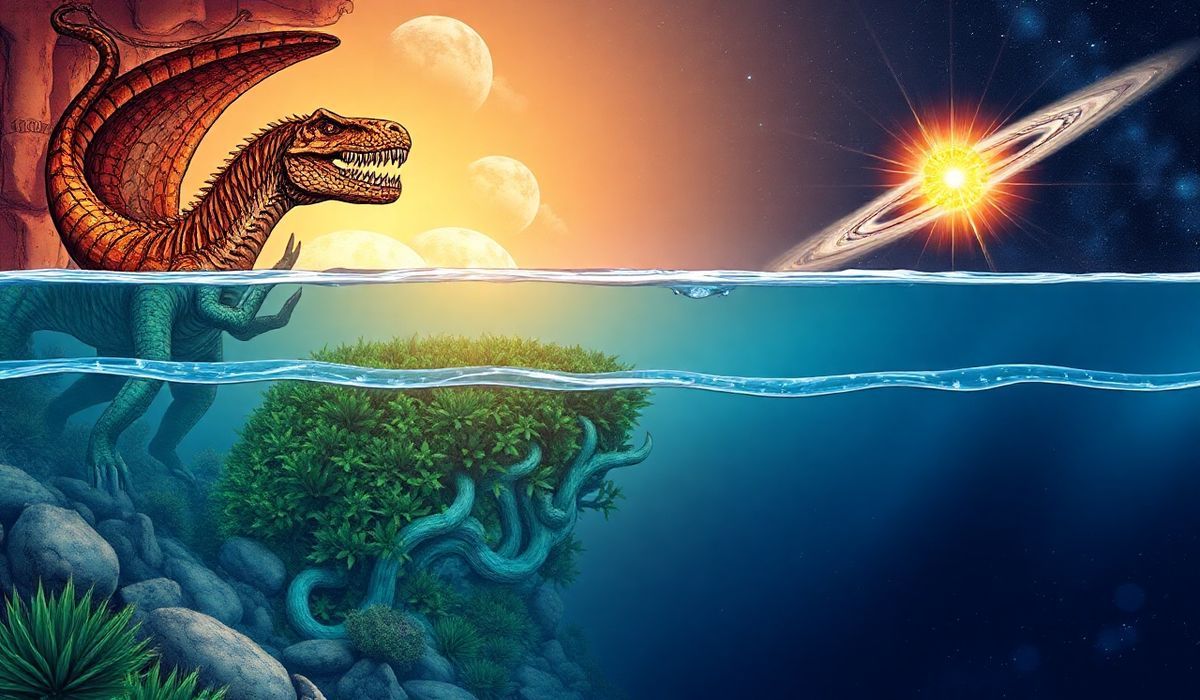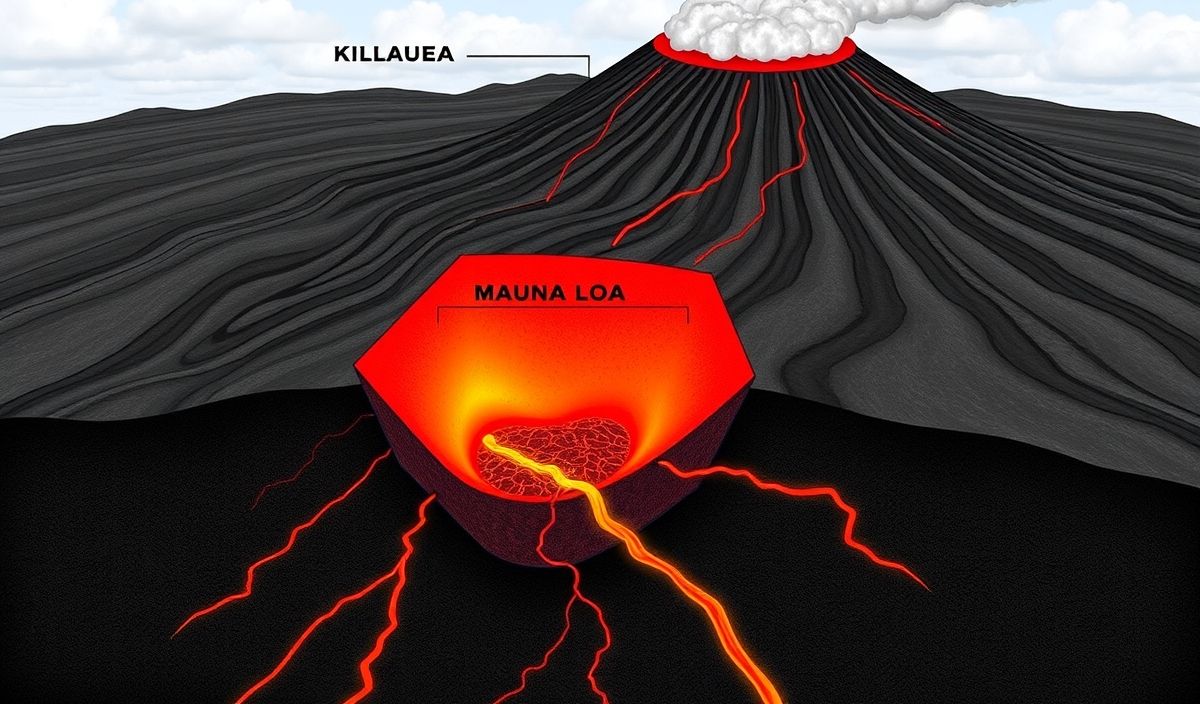This week’s highlights include several groundbreaking scientific developments. Researchers with the Woods Hole Oceanographic Institute announced that the Atlantic Meridional Overturning Circulation (AMOC), a critical ocean current, has remained stable over the past 60 years. Additionally, a new predator species from the Cretaceous period was discovered, shedding light on prehistoric ecosystems. A unique ‘living seawall’ designed to support marine biodiversity was also introduced as a sustainable ocean preservation method, further advancing environmental innovation. Lastly, intriguing research into neutron star ‘mountains’ opens discussions on astrophysical possibilities.
Vero’s thoughts on the news:
These developments showcase the diverse impact of science on society, from uncovering ancient biodiversity to addressing modern challenges like environmental sustainability. The stability of the AMOC is promising in the context of climate change, providing reassurance amidst fears of ocean current shifts. The ‘living seawall’ underscores the importance of integrating technology and environmental consciousness to foster more sustainable ecosystems. Meanwhile, the discovery of a Cretaceous predator and the exploration of neutron stars emphasize how technological advancements and interdisciplinary science continue to expand our understanding of the world and universe.
Source: Saturday citations: New cretaceous predator just dropped; neutron star mountains; a cool ‘living seawall’ – Phys.org
Hash: 37644acb7563ba6a371825c4de91cbf19e3663155fc662580dc1ebf5aa2fd640




